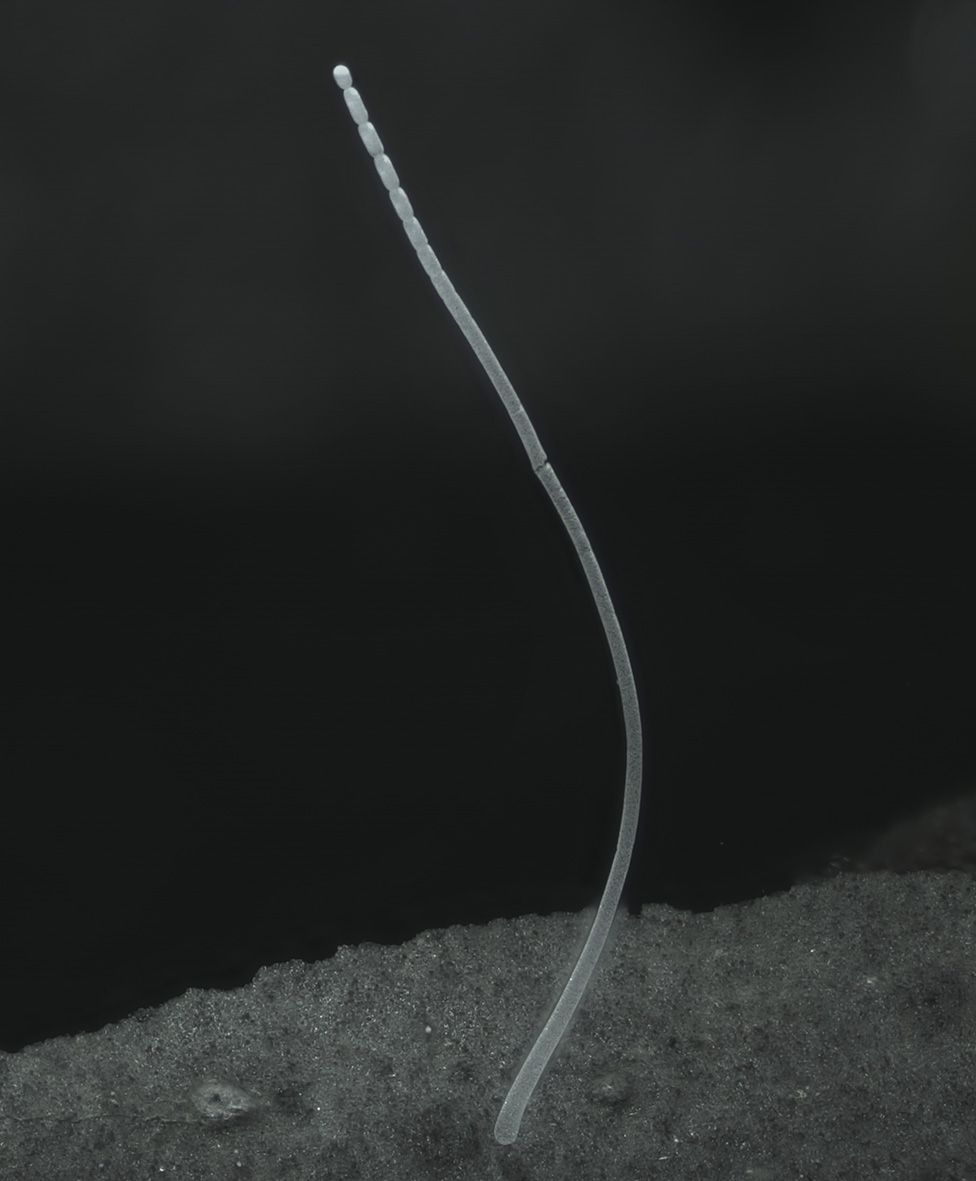Scientists have discovered the world’s largest known bacterium, which comes in the form of white filaments the size of human eyelashes, in a swamp in Guadeloupe.
At about 1cm long, the strange organism, Thiomargarita magnifica, is roughly 50 times larger than all other known giant bacteria and the first to be visible with the naked eye. The thin white strands were discovered on the surfaces of decaying mangrove leaves in shallow tropical marine marshes.
The discovery was a surprise because, according to models of cell metabolism, bacteria should simply not grow this big. Previously scientists had suggested an upper possible size limit about 100 times smaller than the new species.
For most bacteria, their DNA floats freely within the cytoplasm of their cells. This newly discovered species of bacteria keeps its DNA more organized. The big surprise of the project was to realize that these genome copies that are spread throughout the whole cell are actually contained within a structure that has a membrane.
The bacterium itself was discovered by Olivier Gros, a marine biology professor at the Université des Antilles in Guadeloupe, in 2009. Gros’ research focuses on marine mangrove systems, and he was looking for sulfur-oxidizing symbionts in sulfur-rich mangrove sediments not far from his lab when he first encountered the bacteria.
